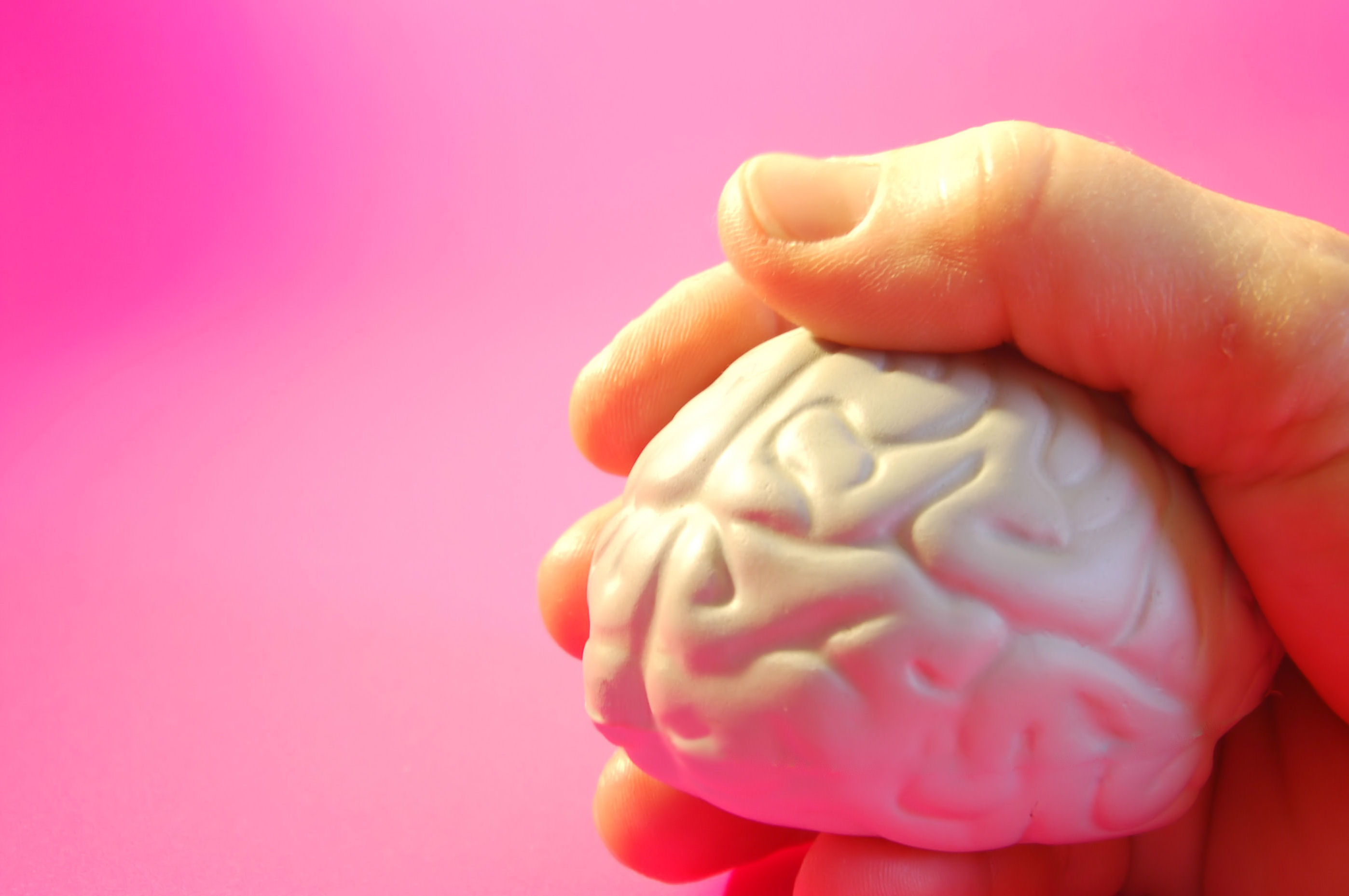
WEDNESDAY, April 23, 2014 (HealthDay News) — Australian researchers say that gene therapy may one day improve the hearing of people with cochlear implants, allowing them to appreciate music and hear in noisy environments.
In experiments with deaf guinea pigs, senior study author Gary Housley and colleagues found that inserting genes in the area of the cochlear implant and passing an electric charge through the implant stimulated the growth of cochlear cells.
“Our study found a [new] way to provide safe localized delivery of a gene to the cochlea, using the cochlear implant device itself. The gene acts as a nerve growth factor, which stimulates repair of the cochlear nerve,” said Housley, a professor and director of the Translational Neuroscience Facility at the University of New South Wales, in Sydney.
The cochlear implant is surgically placed in the cochlea, in the inner ear. The implant works by using a line of small electrodes within the cochlea to selectively stimulate cochlear nerve fibers at different positions and enhancing different sounds, or frequencies, Housley explained.
“In the cochlea of a person with good hearing, sound vibrations are encoded by sensory cells, called ‘hair cells,’ which stimulate the cochlear nerve fibers,” he said. “With hearing loss, the hair cells are lost, and without them the cochlear nerve fibers die and retract into the bone within the core of the cochlea.”
This makes the job of the cochlear implant difficult as the amount of electrical current needed to stimulate the nerves is quite high, Housley added.
The gene therapy, which makes the cells close to the electrode produce the nerve growth factor, causes the nerve fibers to grow out to those cells — and therefore to the electrodes, he explained. This means that much less current is needed, so more selective groups of nerve fibers can be stimulated.
“In the future, people with cochlear implants may get this gene therapy at the time of their implant, and the computer system — which is part of the cochlea implant that converts sound to electrical pulses along the array of electrodes — should be able to provide a better sound perception,” Housley said.
Scientists note, however, that research with animals often fails to provide similar results in humans.
The report was published in the April 23 issue of Science Translational Medicine.
Housley cautioned that this study is preliminary research. “Future clinical trials will indicate what possible improvement in hearing is attained, but we feel that a broader range of pitch and tonal range should be achieved.”
This may mean that people with these devices could appreciate a richer tonal and dynamic range, which would let them appreciate music and help with hearing in noisy environments. Currently, the effect is limited to a few months, but this could be improved, he said.
The study disclosed that two patent filings are associated with this research.
Housley’s team is working toward a clinical trial and looking at how this technology could provide treatments that improve other medical applications, such as retinal implants and deep brain stimulation, which is used to treat Parkinson’s disease.
Robert Shepherd, director of the Bionics Institute at the University of Melbourne, in Australia, is the co-author of a journal editorial accompanying the new study.
“While cochlear implants have proven to be very successful — more than 300,000 people worldwide have received a cochlear implant — their performance is not as good in noisy situations,” Shepherd said.
In addition, their ability to help people hear music is not great. “One reason for this reduced fidelity is the partial ‘die-back’ [degeneration] of the hearing nerves following the loss of the hair cells,” he explained.
By artificially introducing genes into the inner ear, scientists hope to prevent this natural die-back and “recondition” the hearing nerve. “This process is expected to result in improved fidelity for the next generation of cochlear implant users,” Shepherd said.
More information
For more about cochlear implants, visit the U.S. National Institute on Deafness and Other Communication Disorders.
Copyright © 2025 HealthDay. All rights reserved.

